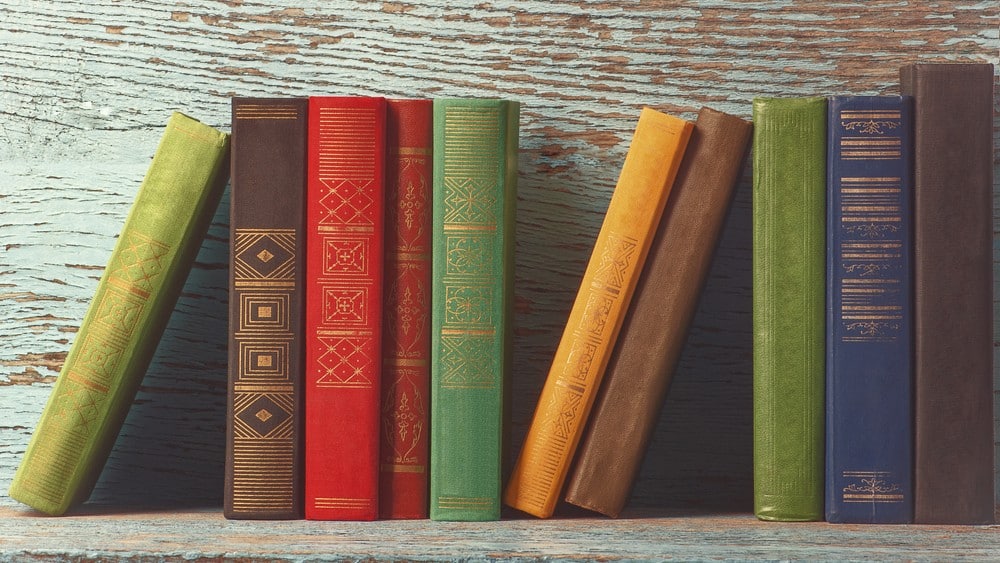Welcome to yet another detailed and helpful guide on Graphic Design Interview Questions!
This article will unpack the common questions you can expect during a Graphic Design Interview, questions you can ask of the panel, and tips on how to prepare for one.
Reading this article will prepare you for your next job interview.
We will tackle the following:
- Common Graphic Design Interview Questions and Answers
- Questions you can ask the Interviewer
- Tips to prepare for an interview
Ready? Let’s go!
Overview

Professional Graphic Designers use innovation and data-driven techniques to address specific business concerns.
Graphic Designers use shapes, colors, typography, images, and other design elements to convey ideas.
Depending on the workplace, Graphic Designers have different jobs.

They employ their talents to produce visual materials conveying concepts, eliciting reactions, and pleasing viewers, boosting client results.
Graphic Designers must be able to multitask and make rapid pivots as their workflow demands.
They bring a lot to the table, including outstanding design abilities, strong communication skills, and a track record of innovation.
During a job interview, you can learn more about the company and the people you might be spending half of your waking hours with, in addition to your potential employer.
Whether you are a seasoned Designer or a fresh graduate of a graphic design program, whether online or in person, you will likely reach a point where you will need to resume your search for the ideal position.
Since the Recruiting Manager wants to see the Graphic Designer behind the portfolio, be ready and confident in your abilities.
You will also have the chance to ask questions about the business and discover more about the team and the position during the interview.
Common Graphic Design Interview Questions and Answers

You may perhaps use these typical Graphic Design Interview Questions and responses to help you get ready for your following interview.
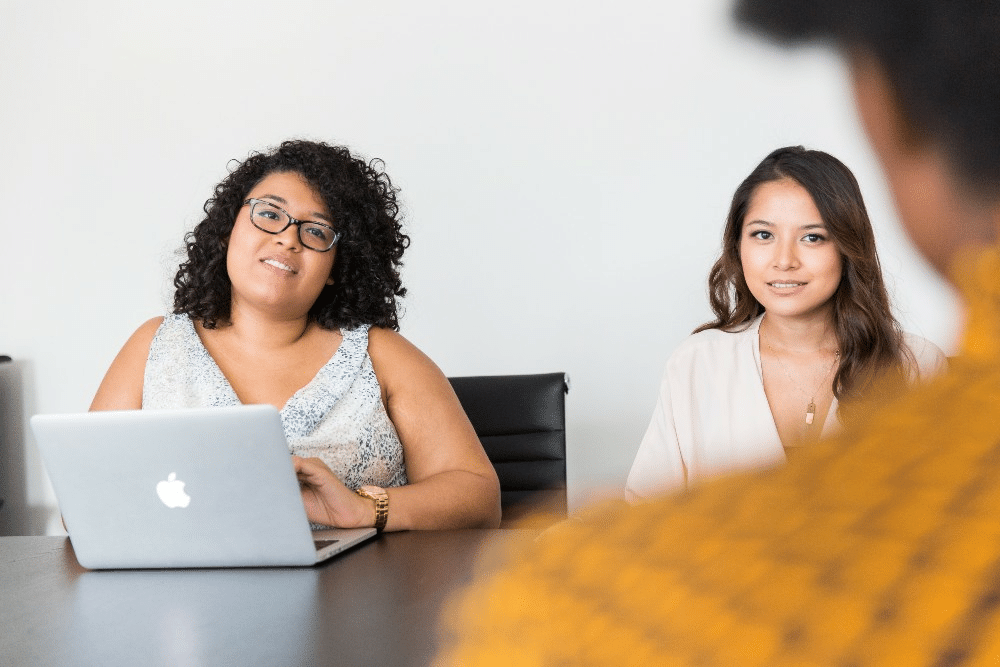
Even while this isn’t an exhaustive list of all the things you might run against, we have put together some questions for you to peruse through.
What inspired you to choose a career as a Graphic Designer?
A Graphic Designer should ideally discuss their history and education and what initially sparked their interest in design.
Their response should demonstrate enthusiasm for the field and a planned and systematic approach to entering it.
You might have a short story to describe your passion as a Graphic Designer; this is the time to tell it.
The creative spirit of the Graphic Designer is at the core of their work, and as a Graphic Designer, you get to use this every day.
An essential creative problem for a Graphic Designer is figuring out how to convey a message through a design.
While you might be passionate about the work, be sure to include why you how you can bring your creativeness into it all.
Why do you wish to work with our company?
This question is quite common in interviews.
The interviewer would like to know whether you know about them; do you know what they stand for?
Do you know about the company’s work culture or do you know of a particular product that makes them stand out from other competitors in the industry?
You must do your research on the company beforehand; offering the interview panel specific answers will help you stand out from the other interviewees.
Specificity shows that you put in the work to know more about your future employers.
What are the key components of a basic graphic design?
Lines are the most crucial component in designing.
The same lines that look like a simple pencil or pen mark on a page to laypeople mean much more to Graphic Designers.
These lines have various impacts and influence visually.
Most of the time, they are utilized to separate distinct parts of the design or guide one in a particular way.
Shapes also referred to as forms, are the second most fundamental component of graphic design.
The use of lines to create figures is what defines a shape.
Most designs contain at least one of the following: circles, squares, rectangles, triangles, or any other abstract shape.
It is frequently used in minimalist designs because they are common in drawings and images.
The graphic design begins with shapes, which might have symbolic meanings, evoke emotions, or be utilized to draw attention to the most crucial information.
Color is the one aspect of graphic design that has the potential to transform the game completely.
The color provides the most potent visual communication at first sight.
Visual Designers use designs to make information transmission aesthetically pleasing overall.
Simple graphic skills are not necessary to perceive color.
It conveys a tale about the brand and sets the tone for the entire piece.
Every color has a different meaning, and color combinations can further change what each hue conveys.
Therefore, a fundamental understanding of color and its combinations is crucial in graphic design.
Space facilitates reading, the terms “white space” and “negative space” have recently gained enormous popularity in the design field, particularly web design.
Space plays a significant role in how the human eye sees the design while appearing to be nothing more than a simple blank between all the graphic material.
It can help you take advantage of design and make the most of your arrangement.
In the world of graphic design, texture can be seen as the color’s opposite.
The texture is a single hue that serves as the image’s background or focal point.
In addition to flat or smooth colors, textures include those of paper, stone, concrete, brick, fabric, and natural materials.
Even though they may not seem significant, textures have the power to alter a website’s appearance completely.
A graphic’s size highlights the importance of its structure; the larger the size, the more critical the data is.
The industry’s relevance and the content type determine how much size variation is used.
While subtle variations favor professional material, dramatic variations favor creative ventures.
What kind of design projects have you worked on in the past?
Your chosen portfolio piece should be pertinent to the design position you are looking for and be presented as a case study.
Explain the brief, procedure, tools utilized, justification for the design aspects, and outcome in detail in your presentation.

Talking about your project is a fantastic approach to demonstrating your individuality and love of design.
For example, I worked extensively with Adobe Dreamweaver, Illustrator, and InDesign with previous graphic design tasks.
When discussing your work, the interviewer wants to learn more about your thought process and communication style.
You might also highlight other artists who inspire you and how you keep up with fashion and other developments in the world of design.
The interviewer is interested in how you generate ideas as well as how you present them.
Depending on the interview, you might also bring a side project that demonstrates your hobbies and visual aesthetic.
What are your strengths and weaknesses?
Distinct people have different strengths and shortcomings.
To effectively respond to this question, you must be honest.
Make a list of all your positive traits as your strengths.
Talking points may include:
- Passion
- Enthusiasm for the arts
- Time management skills
- Analytical reasoning
- Aptitude for fixing issues
- Patience
- Artistic talent
Talk about the abilities you lack and what you’re doing to get them while discussing your weaknesses.
For example, talk about:
“I am a creative person driven by my passion for design. I’m well equipped with graphic design software and approach every project artistically. I’m also a good team player and can grow when given criticism.
I struggle with time management, which is one of my weaknesses. I read a lot of time management books and make an effort to maintain organization because I recognize that meeting deadlines are an essential component of what I do.”
Describe a scenario where you had to meet a task/ project with a deadline
This is a typical Graphic Design Interview Question since it enables the interviewer to assess your ability to work effectively under pressure without sacrificing quality.
Give an account of how you managed to stay motivated and focused on finishing a project on time despite having a tight deadline.
Discuss time management and explain how you created and adhered to the project’s roadmap.
How do you deal with stress?
Every Designer experiences creative stumbling blocks or negative feedback at some point in their career.
They may be uninspired by a project, have received discouraging criticism, or feel stuck without knowing why.
Consider an instance when you blew it on graphic design projects.
How did you bounce back?
Experienced Designers are prepared for creativity blocks because they know they will occur at some point.
These methods could be anything from going for a stroll, looking for fresh inspiration, or conversing with other Designers.
The most critical response is that they have a proactive approach rather than only waiting for inspiration to strike once more.
Nobody enjoys stress, but using it in your work can set you apart.
The goal of the interview is to determine if you can handle stress well and iterate your design until all stakeholders are happy.
Here are some suggestions for reducing stress:
- Consider the situation carefully before responding
- Examine criticism
- List the benefits and drawbacks
- React favorably to criticism
- Take note of the criticism
Would you consider yourself a team player?
The best Designers are always team players.
A great Designer should be able to address design issues.
The business is interested in learning more about your adaptability and versatility.
This is a fantastic chance to emphasize the benefits of both choices and show that you can work independently and effectively in a group.
To create distinctive and attractive designs, Graphic Designers must engage with customers, writers, and diverse departments across the organization.
You can give examples of times when you successfully collaborated as part of a team and showed accountability for a solo project.
In your response, describe how you would:
- Ensure that all communications are transparent and straightforward
- Include all project stakeholders in all aspects
- Define the goal
- Analyze suggestions and criticism from all teams
Do you have a process for creating a design?
You will probably be asked questions regarding your design process, professional experience, and career during your interview for a position as a Graphic Designer.
There is no one correct response to this query.
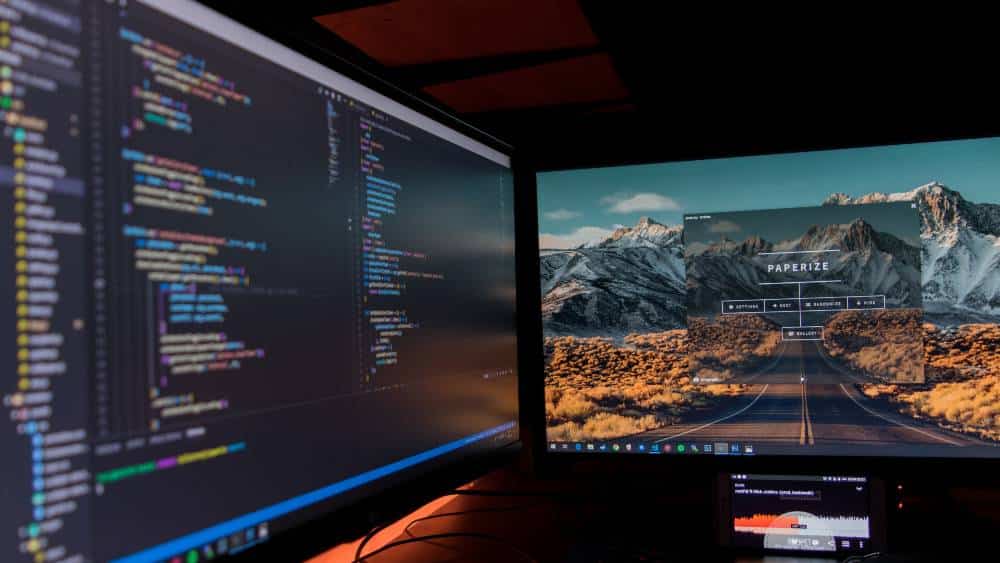
The crucial information here mainly relates to the fact that the Designer has a method they adhere to and that they have improved to make it both effective and efficient.
This is a typical question asked in Graphic Design Interviews.
Since priorities are arbitrary and vary for every Designer, Interviewers ask you this question to better understand your viewpoint.
As someone who understands brand uniqueness and how it relates to business objectives, you want to emphasize that you are culturally aware and keep up with design trends.
Talk about the element you believe is most crucial to design.
Concentrate on the “why” and “how.”
A thorough industrial product design process includes the design phase.
However, the Designer works with specific industries, groupings of products, and perhaps only one product rather than industrial items as a whole.
But any creative process ought to incorporate a few specific elements.
An experienced Graphic Designer’s creative process should include input gathering, brainstorming, iteration, and testing.
Consider how Designers describe their process and whether they come out as self-assured or insecure in their methods.
Each Designer has a method for transferring their thoughts into their works of art.
The Interviewer can gauge a candidate’s originality and ability to overcome challenges by asking about their creative process.
Talking points to address are as follows:
- Project-related research
- Preparation
- Handling various concepts
- Time administration
- Detail-oriented
What are the key skills that any Designer should have?
Above-average design skills are a must for great Graphic Designers.
Whether they want to use Adobe Illustrator, Photoshop, Sketch, or another program, they should be adept at using it.
Additionally, they must know about accepted design principles, color theory, and typographic design.
Although design abilities are essential, this solution should also incorporate soft skills.
Since Graphic Designers frequently work in teams, cooperation skills and the capacity to accept and apply criticism are crucial.
Additionally, independent Designers must collaborate with clients and other project stakeholders, making communication with non-designers, user research, and presentation skills crucial.
Curiosity and a desire to learn are qualities of great Designers.
Additionally, they must be capable problem-solvers who approach design issues with zeal and creativity.
Talk about skills such as:
- Coding languages like HTML and CSS
- Brand guidelines for businesses
- Visualization of data using graphs and charts
- Design guidelines
- Develop platforms for collaboration (such as InVision)
Graphic Design Interview Questions to ask the employer

Can you describe the work culture?
This question allows you to evaluate the organization’s workplace culture and determine whether you fit in.
This will also give you some insight if the company culture is the right fit for you.
It demonstrates to the interviewer how concerned you are about your next job’s cultural fit.

Additionally, you can learn more about the company’s perspective regarding the importance of employee satisfaction.
You can find out from the recruiter’s response if and how the company prioritizes employee happiness, any benefits offered, and how work-life balance is handled.
What qualities are required to succeed at this company?
This is a beautiful topic to inquire of after an interview since it demonstrates your want to contribute positively to the company and potential employers.
The interviewer’s response will give you information about the qualifications required and assist you in determining whether the position is a good fit for you.
If you receive the job offer, there shouldn’t be any shocks because the response will give you a sense of what the employer expects.
Please pay close attention to the recruiter’s response because it will highlight certain aspects of the job you should be concentrating on during your initial few weeks of employment and will indicate how they expect you to perform.
How are office conflicts handled?
This is another excellent window into the organizational culture of the company.
The response from the interviewer or the panel allows you to demonstrate your understanding of the significance of effective dispute management in any high-functioning office.
There are several keywords or statements that you should be looking out for:
- A company that doesn’t avoid conflict. Conflict is the norm when several people work in a small space – the first response should be to acknowledge the conflict and not ignore it
- Clarification of the conflict. Identification of the key stakeholders and also the issue at hand
- Proper mediation or arbitration procedures allow the issue to be heard from both perspectives
- Follow-up: Proper procedures must be in place to ensure a positive environment is enhanced moving forward
What are your expectations of me in the next 6 to 12 months?
Even if you don’t know where you want to be in five years, an employer still wants to see that you want to work for them for at least a year.
So think about asking what the employer anticipates you will accomplish during your first six months with them and what the second year will entail (including potential promotions, additional responsibilities, etc.)
The finest employers are honest and forthright about future career paths, long-term advancement prospects, and professional development opportunities.
Tips to ace your Graphic Design Interview

Therefore, the answer to this query will enable you to learn how this employer treats its employees during and after the initial training phase.
It’s inevitable that as you enter an interview, your heart will start to beat so loudly that you’ll think the person seated across from you can hear it.

Your stomach will feel like it’s performing backflips inside you, and your palms will start to sweat.
If only there was a way to stop feeling so anxious.
There isn’t a magic pill you can take to make this go away, but there is something you can do to lessen the pain: be careful how you portray yourself, what you bring, and what questions you ask.
You simply have to prepare adequately for the interview; here’s how:
Review graphic design industry terms before your interview
It can be good to understand essential words concerning fonts, layout, and colors because the Hiring Manager may inquire about the same design elements as your examples when you are presenting your work samples and experience.
Reviewing popular graphic design jargon can enable you to communicate effectively with them and demonstrate your expertise in the field.
Prepare beforehand by practicing common interview questions
You can answer interview questions about graphic design more confidently and efficiently if you have prepared responses in advance.
This will demonstrate to the Hiring Manager that you are a good candidate.
While each Hiring Manager may have their specifications for candidates, many inquire about work preferences, professional graphic design experience, and long-term professional objectives.
Look at your portfolio with a focus on the more significant tasks.
While Hiring Managers may focus on your critical projects, which can provide them a broad overview of your skills, they may ask questions regarding your whole graphic design career.
Review your critical projects before your interview, beginning with notes you made during the planning stage and concluding with the finished product.
Consider the rationale behind your design decisions and the difficulties you encountered when producing the collateral.
This will make you ready for any inquiries the Recruiting Manager may have regarding those projects and your work style.
Do some research on the firm and formulate interview questions.
You may be able to highlight particular talents and qualities and convince the Hiring Manager that you are a suitable fit for their requirements by learning more about the company’s mission and clients.
During the interview, you might ask the Hiring Manager questions you’ve prepared about the business and the position.
Questions can help you decide if the job is a good fit for you and demonstrate to the Hiring Manager that you are curious, which is a desirable trait in a candidate for graphic design employment.
Bring several printed copies of your resume
The Hiring Manager may have already reviewed your portfolio and resume before the interview, but carrying extra copies and delivering one to each interviewer can demonstrate your organization and readiness.
If the Hiring Manager queries you about a particular experience or other information on your resume, having a duplicate of the document on hand can be beneficial.
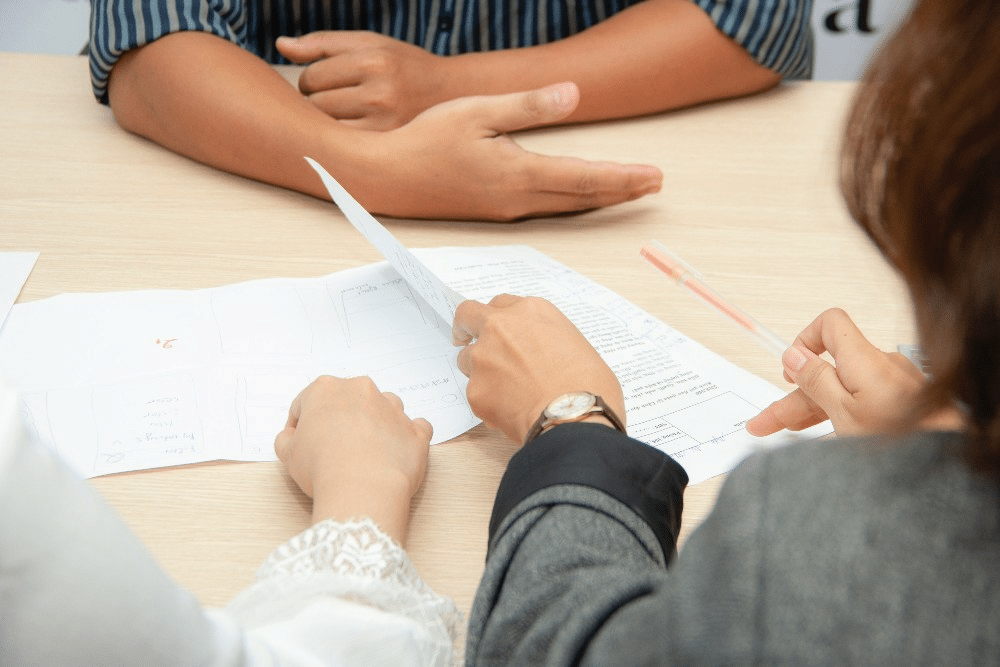
You can also highlight a particular job aspect or accomplishment in your responses to more in-depth queries.
Bring hard copies of the crucial works in your portfolio
Even if you may host your whole portfolio online, consider getting a few of your items professionally printed and presenting them in a portfolio case to the interview.
You can use examples of your work to demonstrate your answers when answering questions about your approach and style if you have them.
Additionally, you can give the samples to the Hiring Manager so they have a tangible example of your work to consider.
Wearing the right clothes will demonstrate your inventiveness and professionalism.
Graphic Designers mix aesthetic talent with expert marketing, and you may do the same for your interview attire to wow the Hiring Manager.
Look for examples of business clothing on the company website or social media sites and base your interview attire on that.
There are business casual dress codes at many graphic design firms, but you can also use your attire to express your artistic style.
Think about a patterned scarf, a vibrant tie, or a standout purse to add color to a business outfit.
To respond to inquiries regarding prior experiences, use the STAR technique.
Interviewees can use the STAR approach to organize their responses when they’re asked about their previous graphic design work.
STAR is short for:
- Situation: Start by outlining the circumstance or difficulty you encountered
- Task: Specify your position
- Action: Describe the route you took to resolve the issue
- Result: Explain your action’s results in detail
The STAR approach can be used to provide thorough responses that highlight your capacity for problem-solving and critical thought.
Give your interviewers your full attention
Use active listening techniques when the Hiring Manager asks you a question by nodding, maintaining eye contact, and, if required, asking for clarification.
You can prepare responses that fully address the Hiring Manager’s inquiries by using active listening skills to assist you in comprehending their questions.
Active listening techniques can also demonstrate to the Hiring Manager that you have excellent communication skills, which are essential in many professions.
Send an email or a letter of appreciation to the interviewers.
Sending a thank-you note in person or electronically can demonstrate to the Hiring Manager that you have essential interpersonal abilities like empathy and communication.
You can use a thank you note as another chance to show off your creative work if you’ve created your stationery or email banner.
Your contact information can be included in a thank you note so that the Hiring Manager can get in touch with you to arrange the following steps.
Conclusion

You will probably be asked several questions regarding your creative process, professional experience, and career during your interview for a Graphic Designer job.
Wouldn’t it be fantastic to know in advance what queries a Hiring Manager would ask you during your following job interview?
Use the job description as a reference as you get ready to pick which skills you want to highlight.
Having a pre-written response for each interview question is not advised.
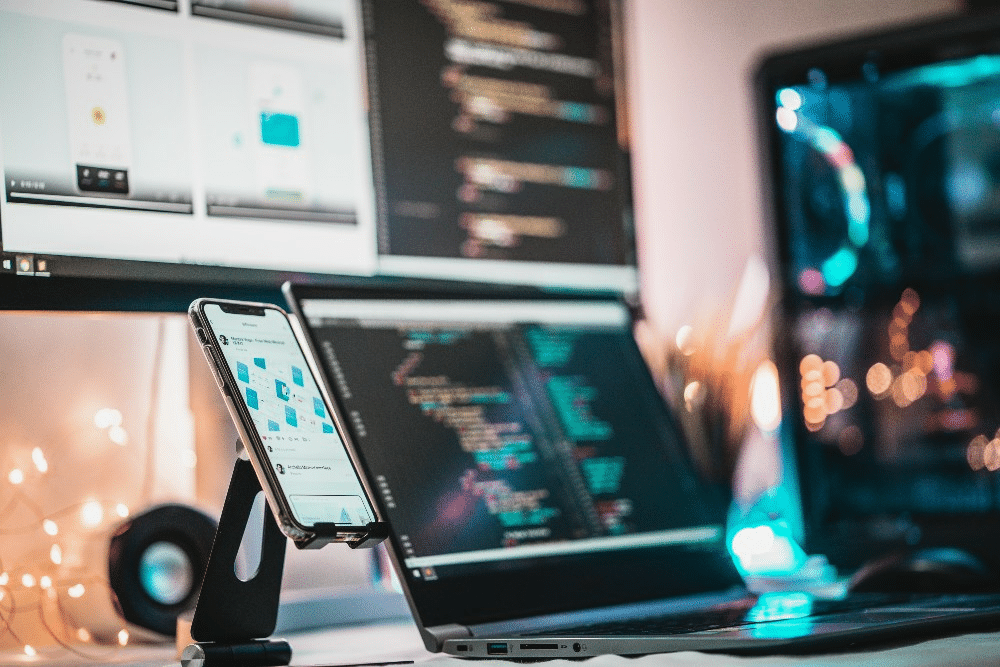
It is better to take some time to become familiar with potential interview questions, what Hiring Managers are genuinely looking for in candidates’ responses, and what it takes to prove that you are qualified for the position.
It would help if you established a rapport with the interviewer, whether they are a chatty conversationalist or a stern interrogator.
Once you’ve done that, you can stop spouting prepared responses and concentrate on having a real conversation.
The field of design is always changing.
There are constantly new design trends, including hues, typefaces, and styles, as well as cutting-edge software and technologies.
All the best in your interview!
Frequently Asked Questions
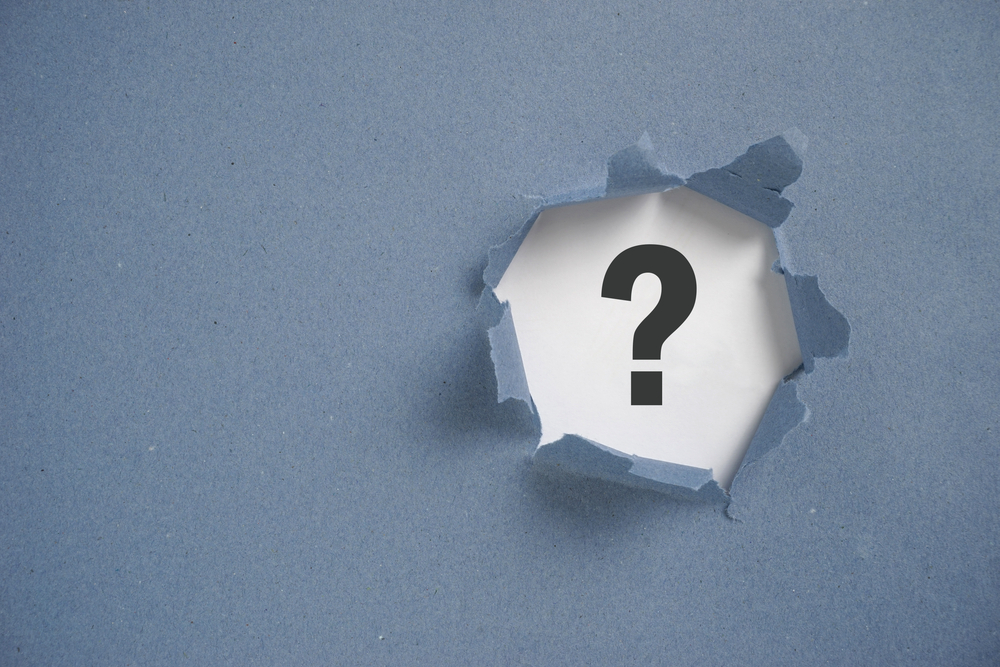
What are the important skills of any good Graphic Designer?
The skills of time management, communication, and coding are just a few of the many characteristics and aptitudes required to become a great Graphic Designer.Some Graphic Designers come by their skills naturally, while others learn them through experience, study, and training.
What should I wear when I attend an interview?
Generally, you should dress professionally or in official clothes for an interview.
This could be a suit, pants, shirt, and tie for men, or a sweater and button-down for females.
Women should wear a blouse with a dress or a bold dress.
How do you answer the question ‘What makes you a good Graphic Designer’?
I consider myself a creative person who is inspired by my love of design.
I’m skilled with graphic design software and tackle every project artistically.
I’m also a good team player and can grow when given criticism.
But I struggle with time management, which is one of my weaknesses.
What are the core principles of Graphic Design?
The fundamental rules of graphic design are:
– Contrast
– Proportion
– Rhythm
– Color
– The Visual Hierarchy
– Proximity
Where can you get information about the company conducting the interview?
– Look up the business website
– Look for recent company developments on Google News
– Examine the social media presence of the business
– Competitor analysis
– Investigate workers on LinkedIn and Instagram
– Look into the Hiring Manager
– Industry Analysis
– Examine the company’s hiring procedure
What documents should you carry to the interview?
To increase your chances of landing a job, make sure you always have these 5 essential documents:
– CV
– Academic diplomas and certificates
– Work samples or a portfolio
– Job offer letter from earlier
– Certifications from professional courses
– Document for Personal Identification




